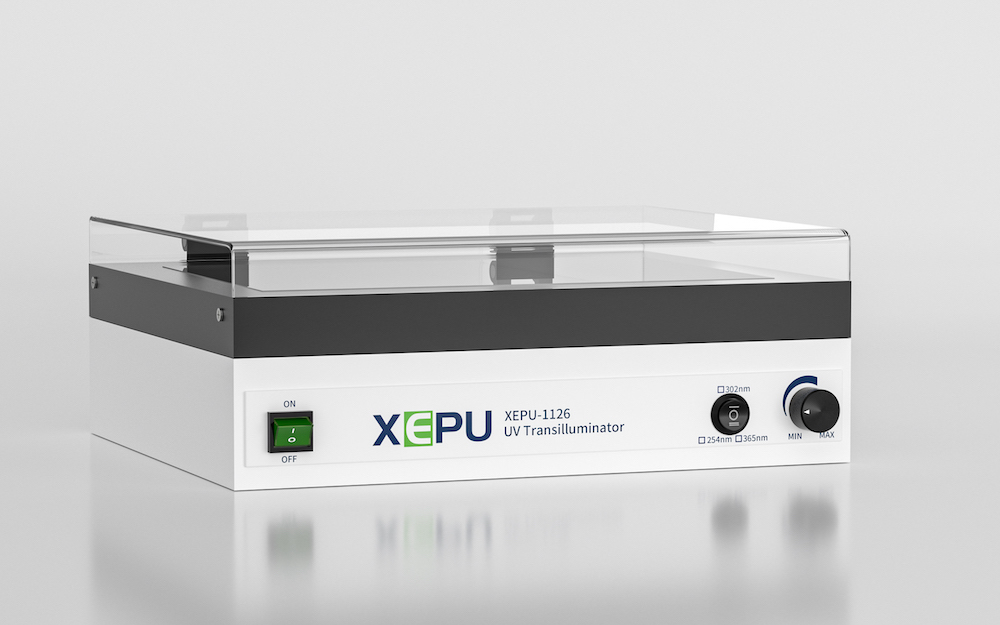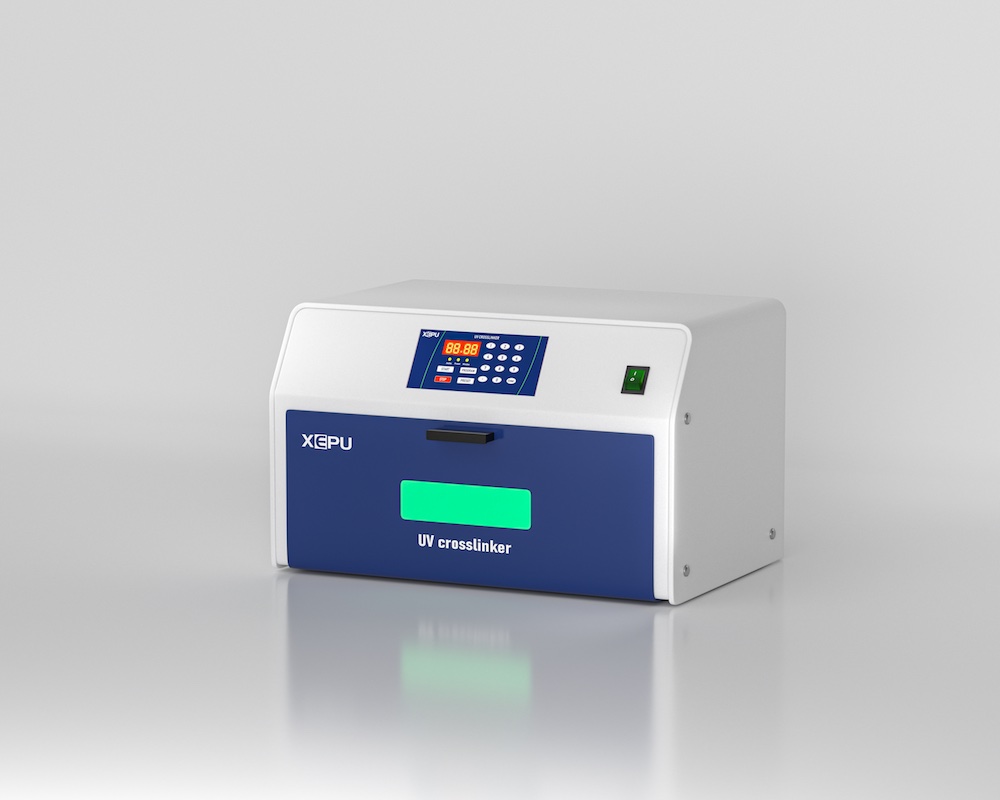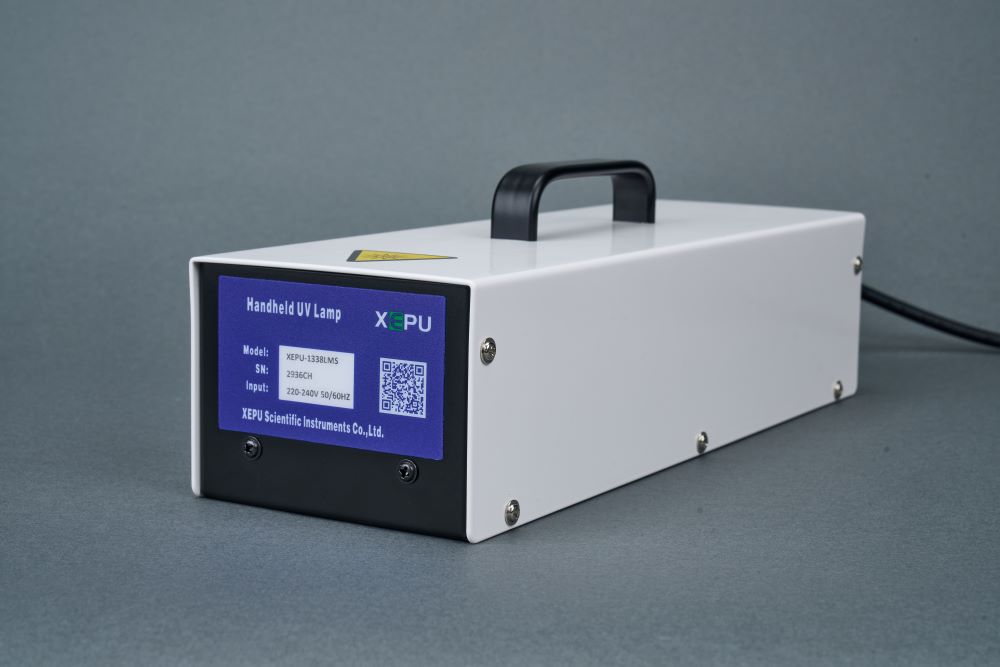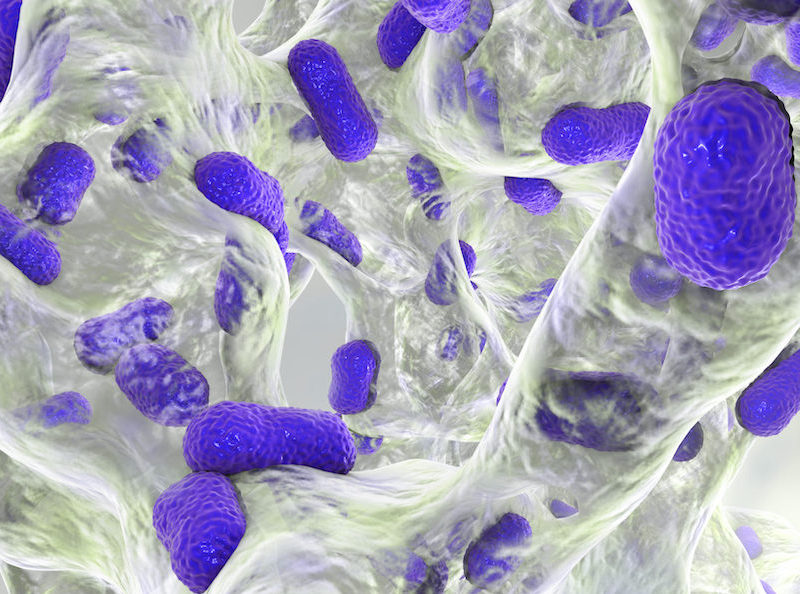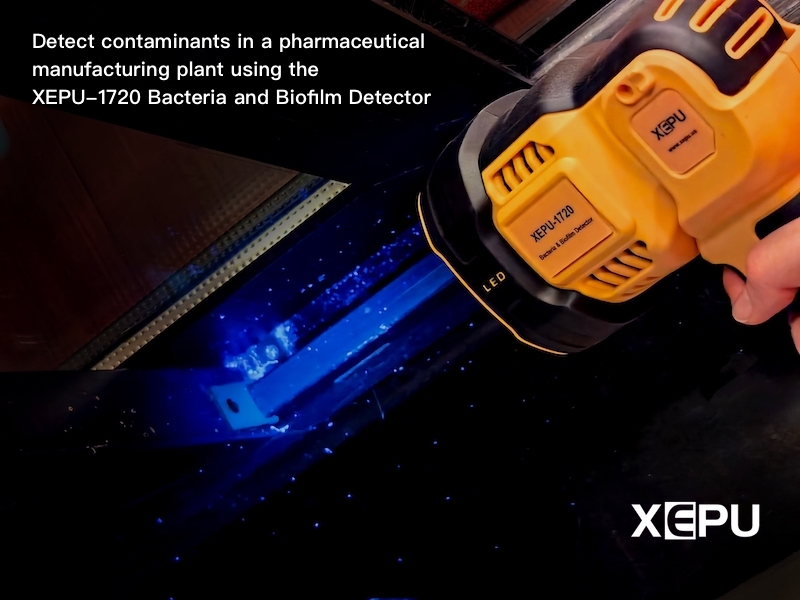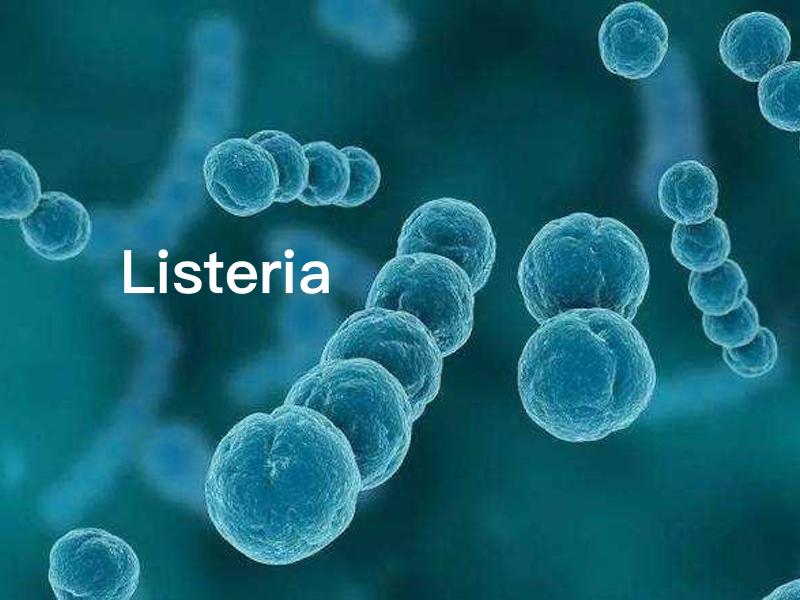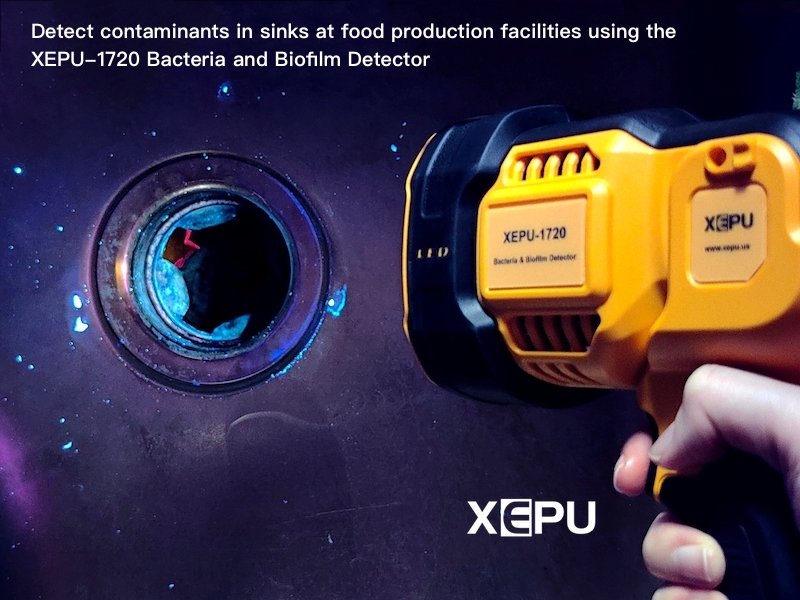Ultraviolet Light Safety in the Laboratory
Ultraviolet Light Safety in the Laboratory
Many of the ultraviolet (UV) sources used in the laboratory emit high intensities of UV light, capable of producing painful eye and skin burns. This article provides information about the hazards associated with UV exposure and the safety precautions to take when working with these UV sources.
Transilluminators
Transilluminators emit very intense UV light in the actinic range (200-315 nm) and will cause severe eye and skin burns if sufficient protective measures are not taken.
Transilluminators are used to visualize the DNA on a gel. Researchers often need to cut bands from the gels, resulting in extended close contact to a powerful UV source.
Transilluminator Precautions
Sometimes researchers remove shields from transilluminators. It is never advisable to remove the shields!
A filter protector is a thin UV-transmitting plastic covering placed over the transilluminator filter surface to protect the surface from cuts and scratches. The filter protector is not intended to be used as a UV shield.
Transilluminators are often used in small rooms. Anyone else in the room will be relatively close to the transilluminator and should wear the same PPE as the transilluminator user.
UV Crosslinkers
• Crosslinkers are used to attach nucleic acids to a surface or membrane following blotting procedures.
• Crosslinkers produce high levels of actinic UV radiation, but they typically pose little UV hazard because they are equipped with door safety interlocks. These interlocks, which function like the interlocks on household microwave ovens, cause the crosslinker to shut off when the door opens or they prevent the crosslinker from starting if the door is open.
• Do not use a crosslinker If the interlock system is not functioning correctly. Notify us about any malfunctioning interlocks.
Handheld UV Lamps
Handheld UV Lamps are used in research laboratories for visualizing nucleic acids following gel electrophoresis and ethidium bromide staining or for other purposes.
Precautions
• Wear a face shield.
• Cover all exposed skin.
• Be aware of reflective surfaces which can reflect UV radiation to unprotected parts of your skin.

